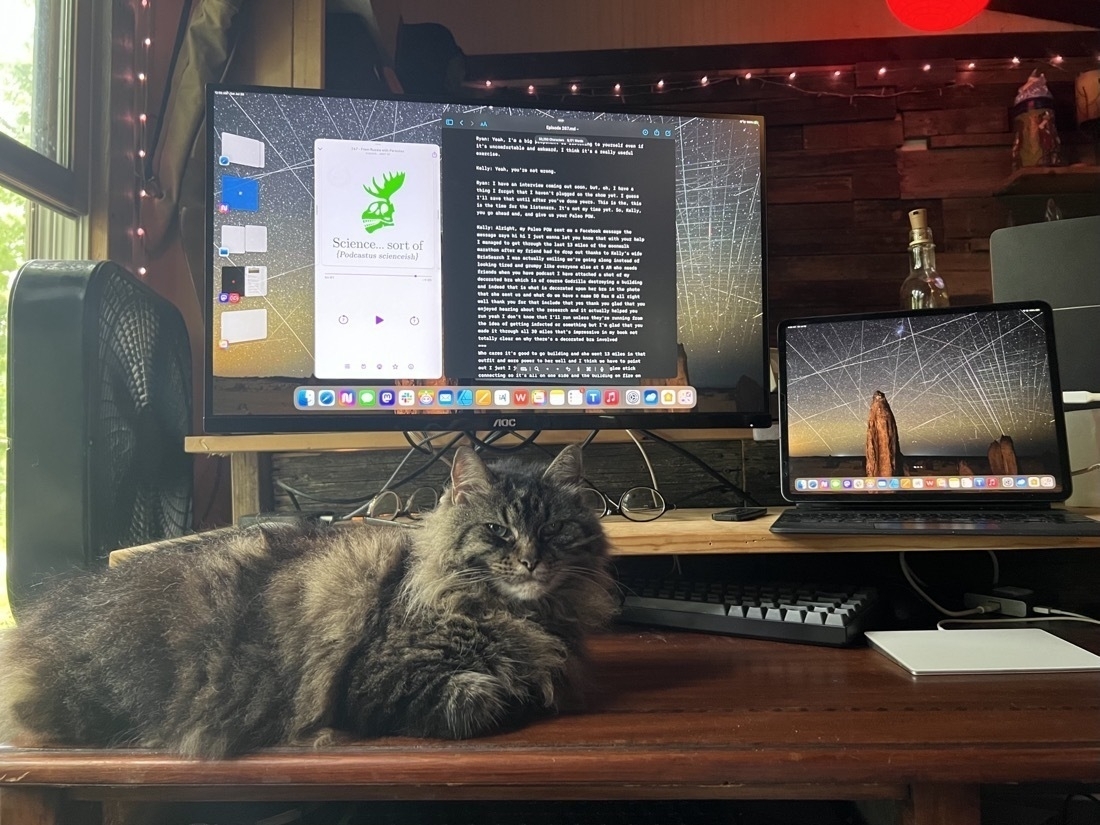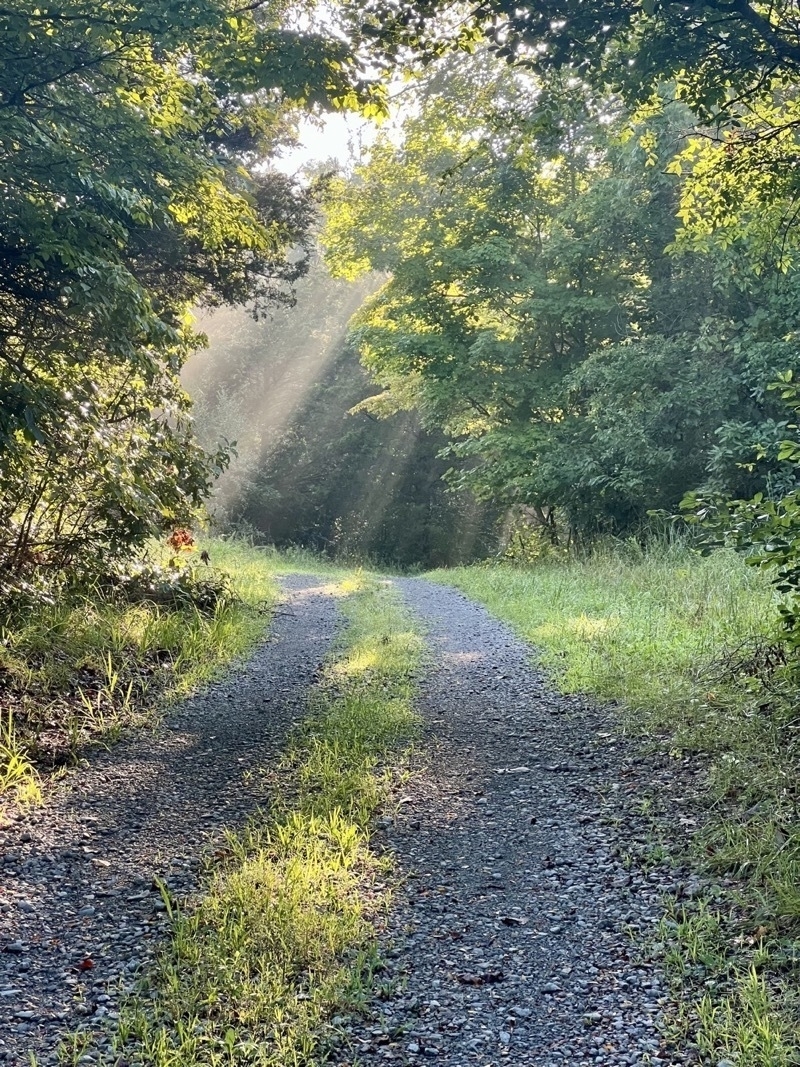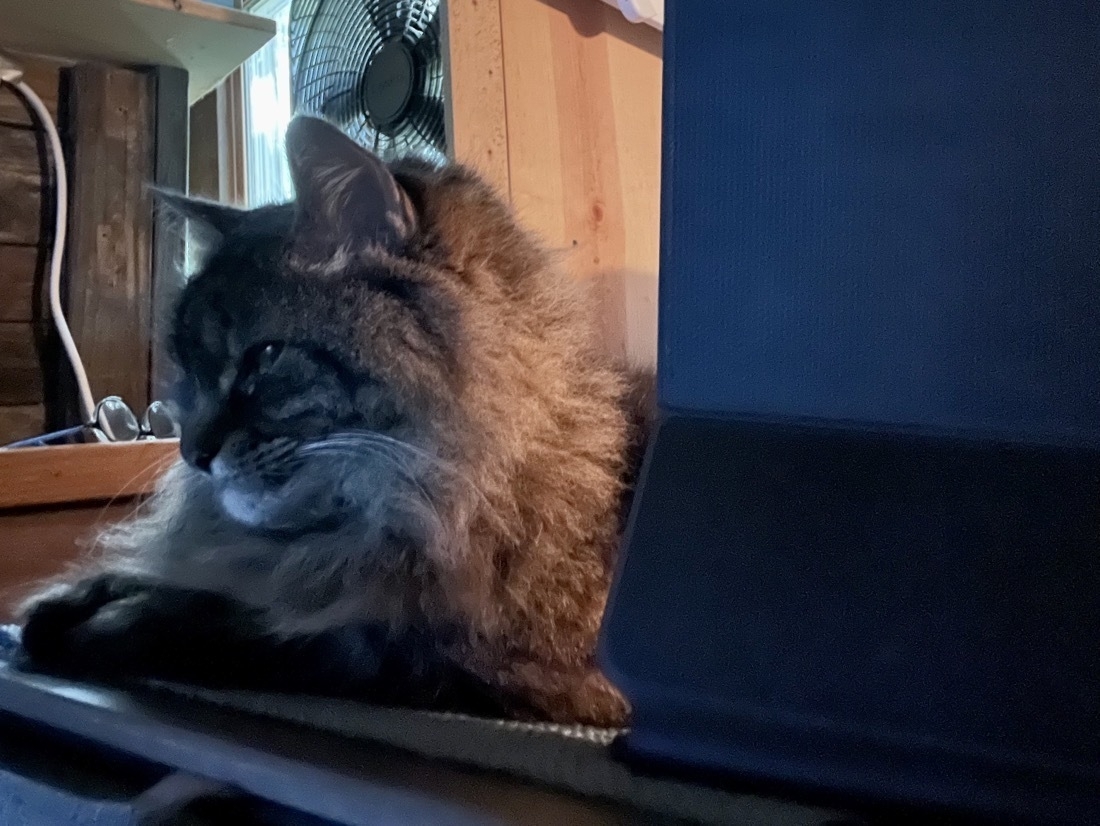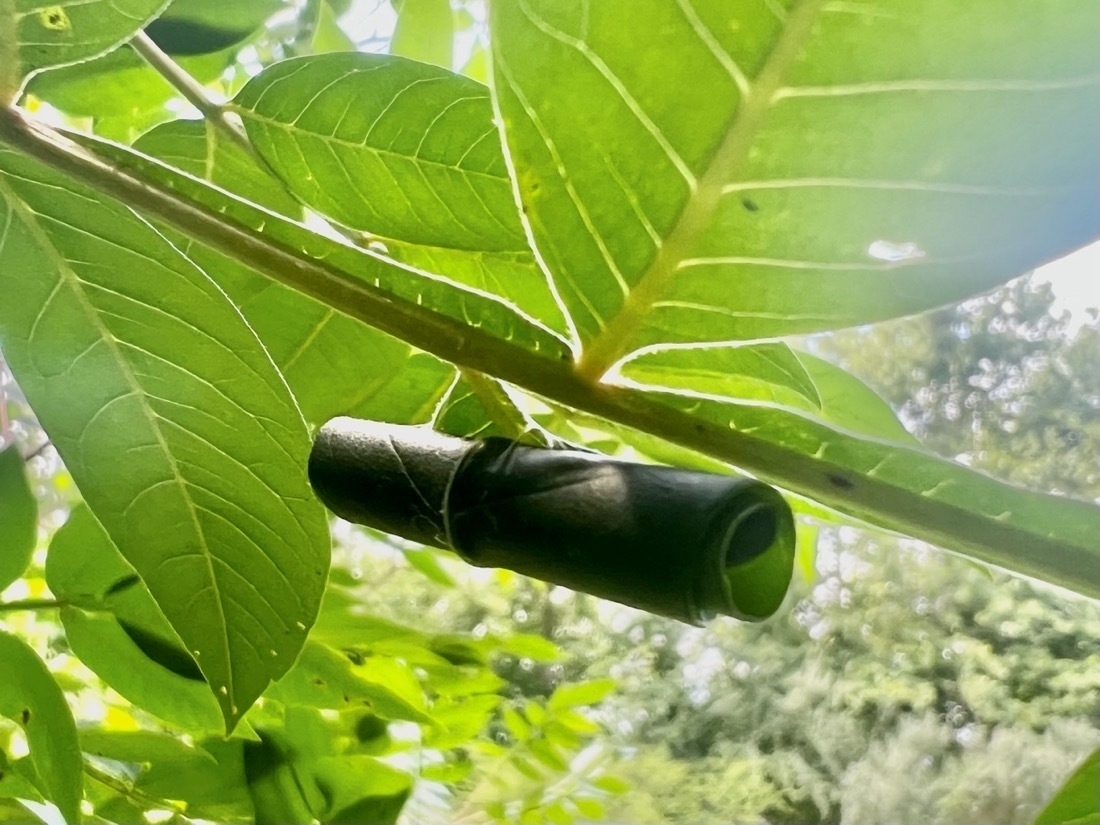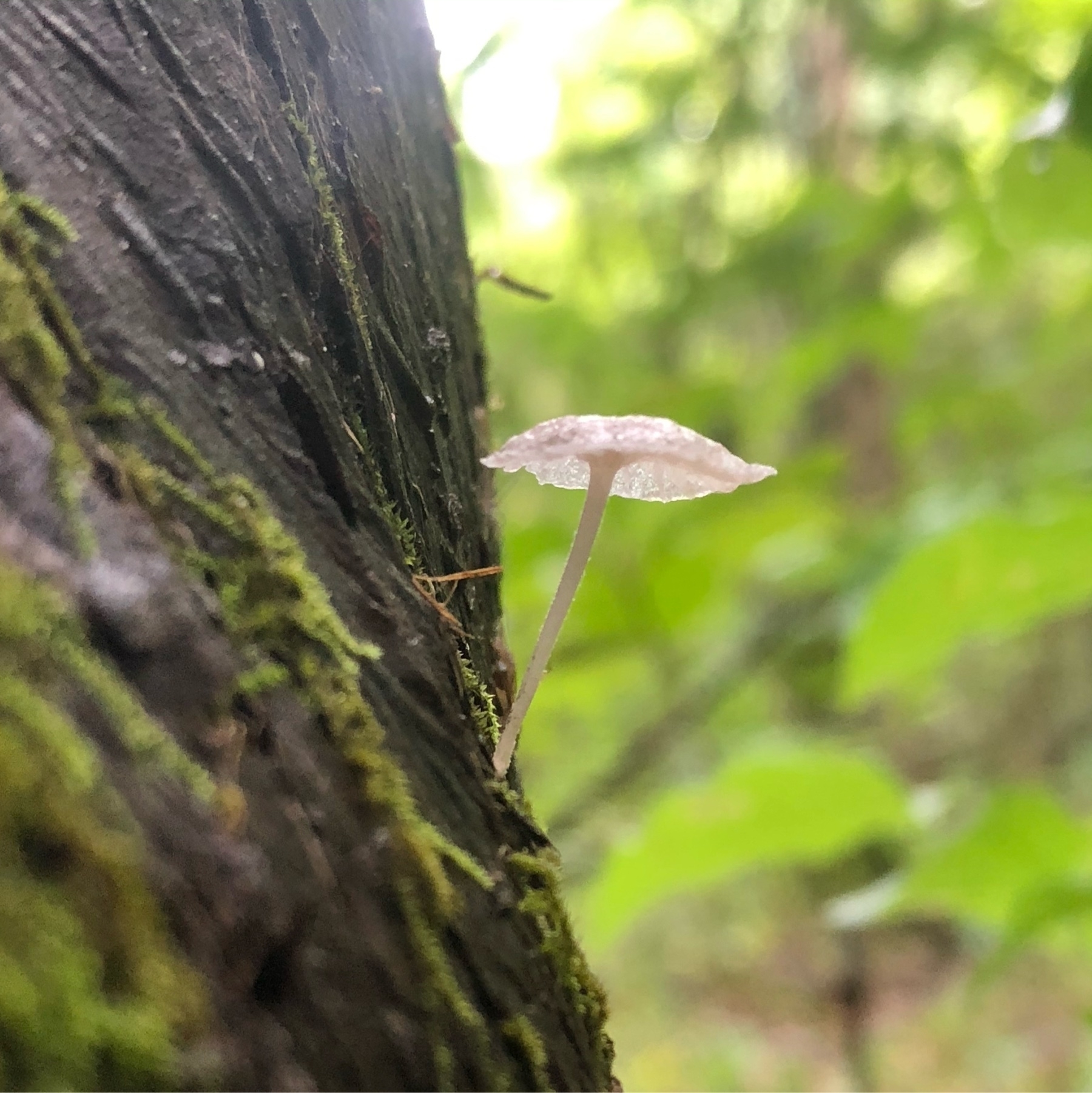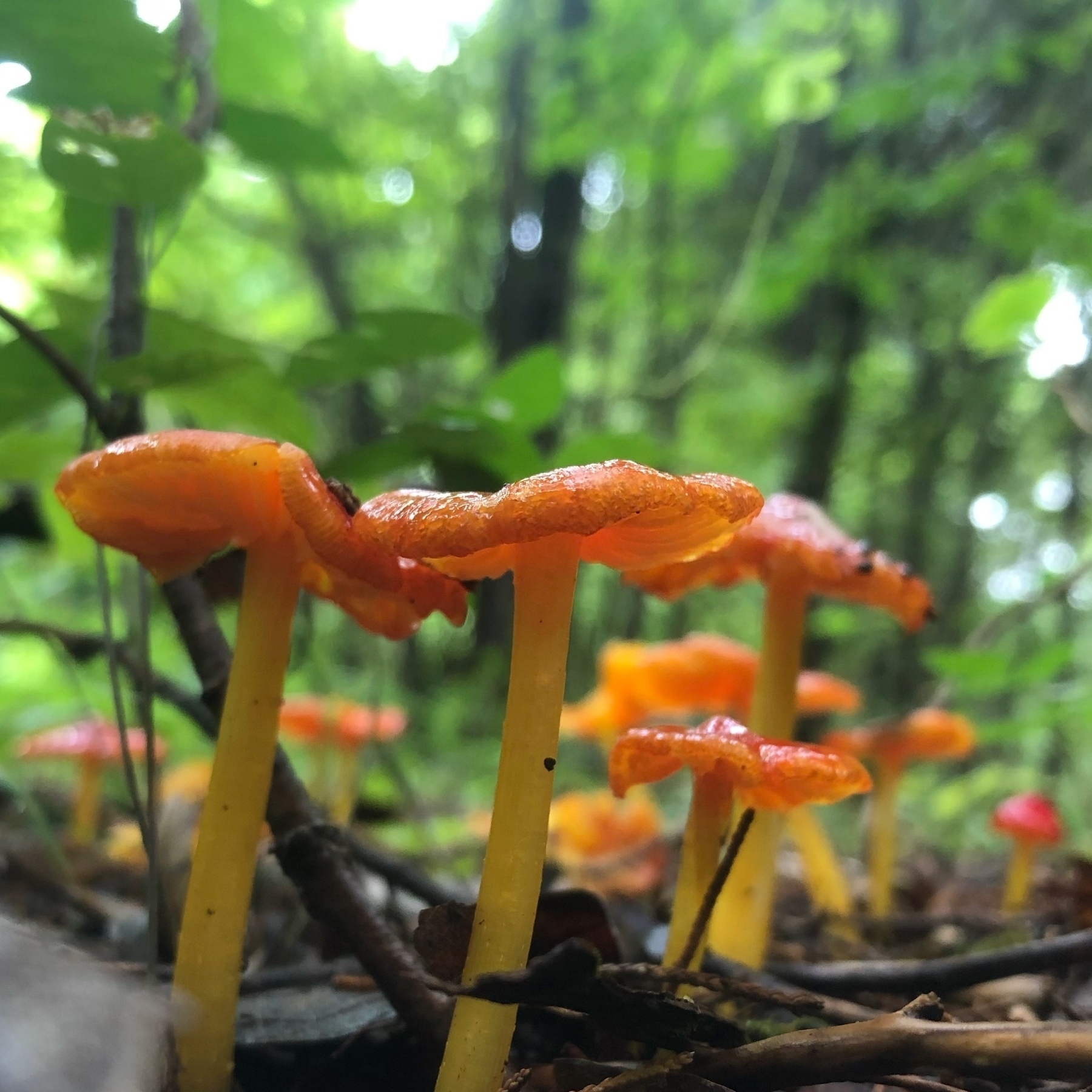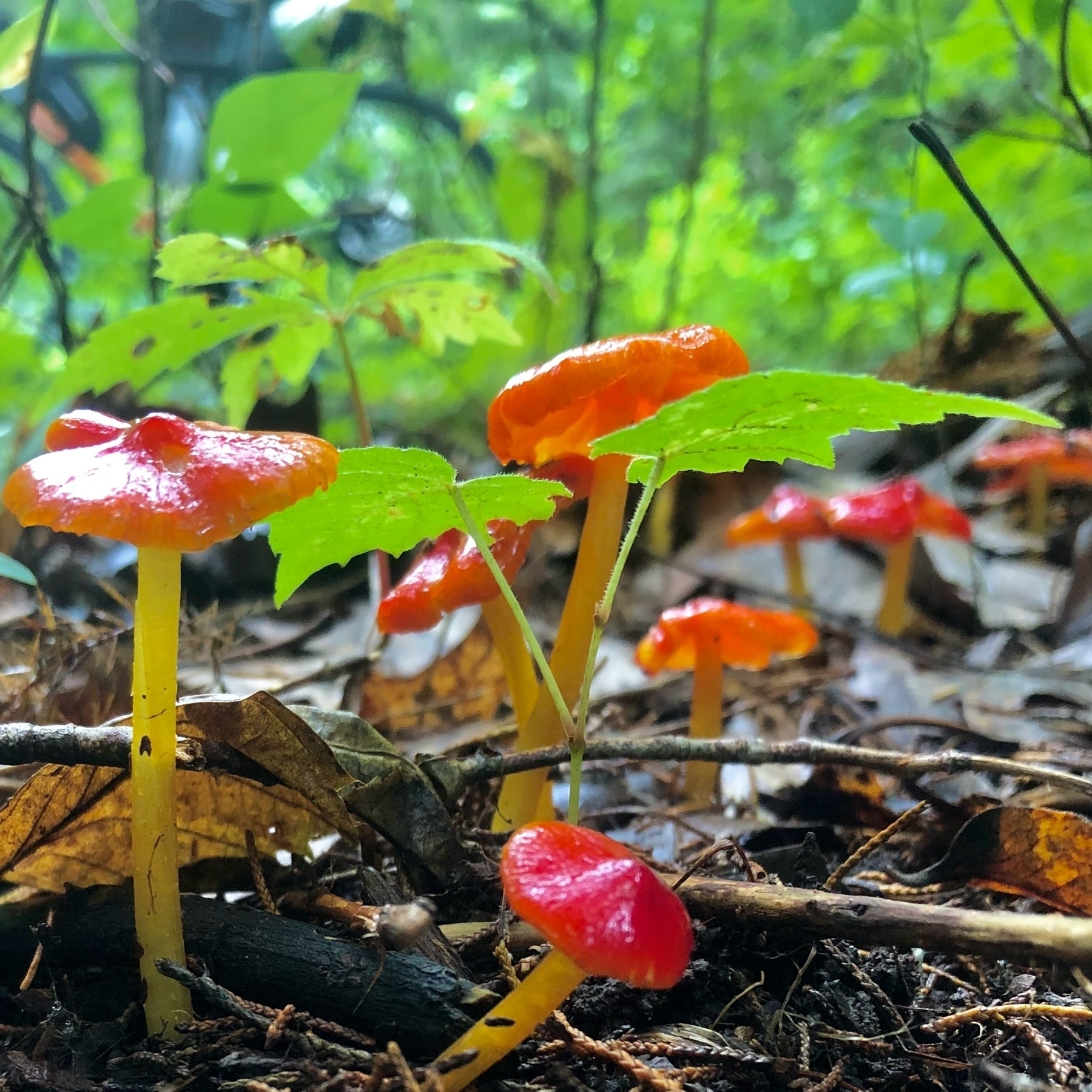The Inflation Reduction Act is a step in the right direction in terms of shifting the US towards solar and wind. But it’s still an attempt to keep the machine rolling along. Better than nothing but not nearly enough. It’s just nudge to the steering wheel but the accelerator is still full on.
Perpetual growth and consumption is not something we can continue. It’s not a truth we want to admit.
The Inflation Reduction Act is a step in the right direction in terms of shifting the US towards solar and wind. But it’s still an attempt to keep the machine rolling along. Better than nothing but not nearly enough. It’s just nudge to the steering wheel but the accelerator is still full on.
Perpetual growth and consumption is not something we can continue. It’s not a truth we want to admit.
Vox has an excellent explainer on how climate change is simultaneously causing drought and flooding:
How are floods in Kentucky and a drought at Lake Mead happening at the same time? - Vox:
The short answer for why these seemingly opposite things are happening at once is that climate change is making our atmosphere thirstier. Or, in more scientific terms, as the Earth warms, its atmosphere can hold more water vapor. This happens at an exponential rate: The back-of-the-napkin math is that the atmosphere can store about 7 percent more water per degree Celsius of warming, and we’re currently at about 1.2°C above pre-industrial temperatures. The result is an atmosphere that takes longer to get saturated with water, which means fewer rainstorms, but when they do occur, those storms dump more water at once, resulting in floods.
Paradoxically, our changing atmosphere is also a perfect recipe for drought. Higher temperatures mean water evaporates faster, and when it falls, it’s less likely to fall as the snow that has historically fed many of the American West’s rivers and streams. The rain isn’t very helpful either, since lifting a drought requires a combination of snowfall and long, sustained rainy seasons instead of short, extreme bursts.
Top: Bantus Philemon, pipevine or blue swallowtail feeding from Monarda fistulosa, wild bergamot . Bottom: Scutellaria ovations, heart leaf skullcap a native mint.
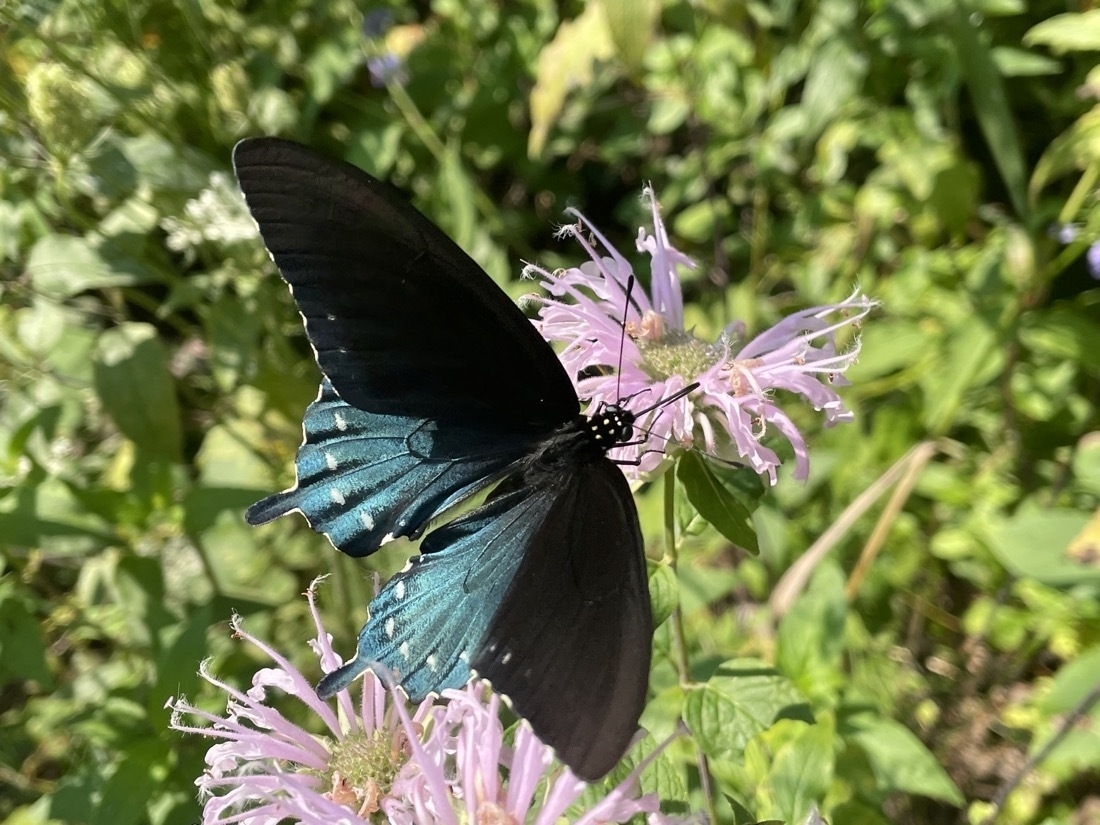
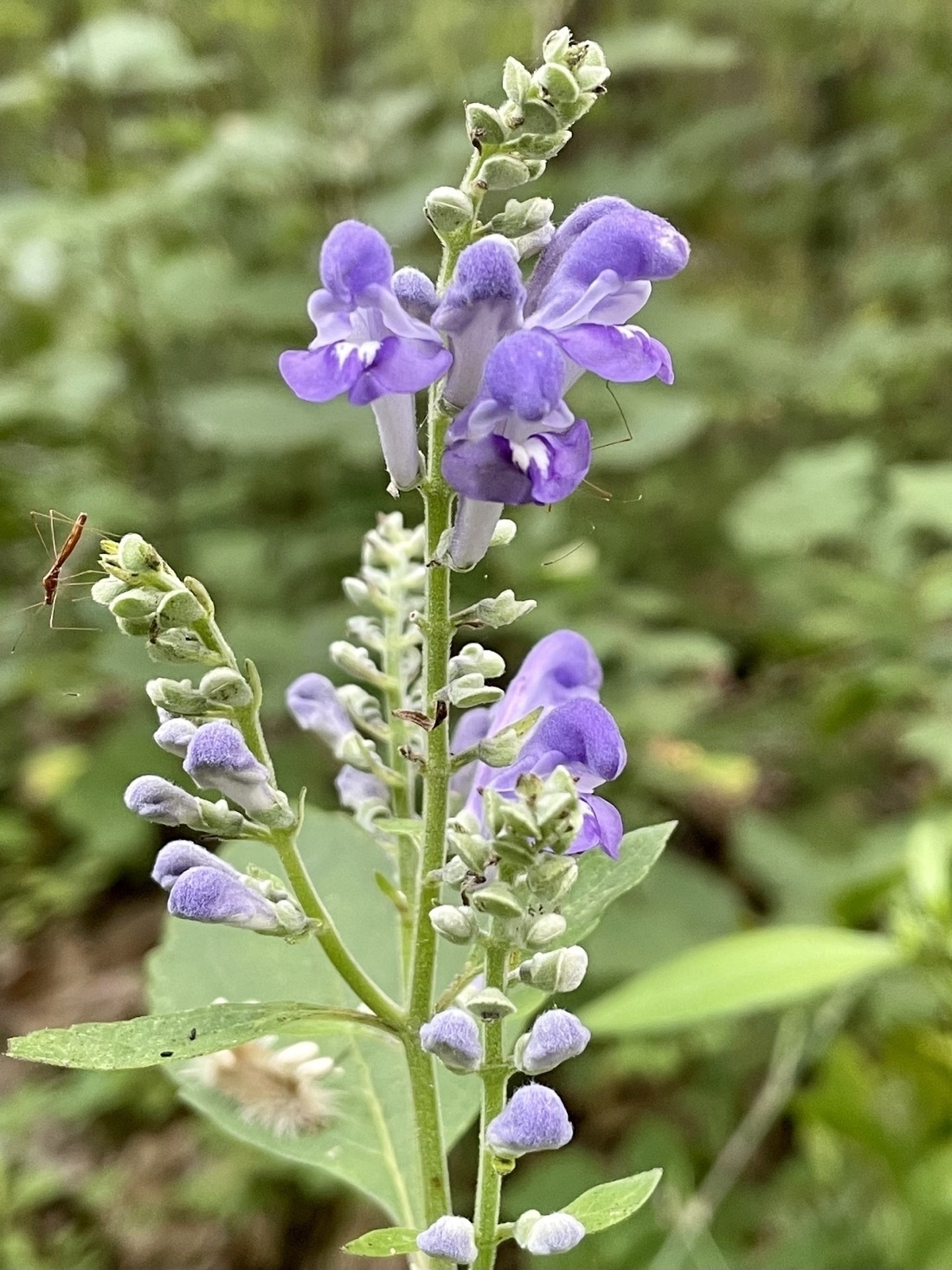
Volunteer squash in my garden. I think it’s a pumpkin though I have no idea where the seed would have come from.
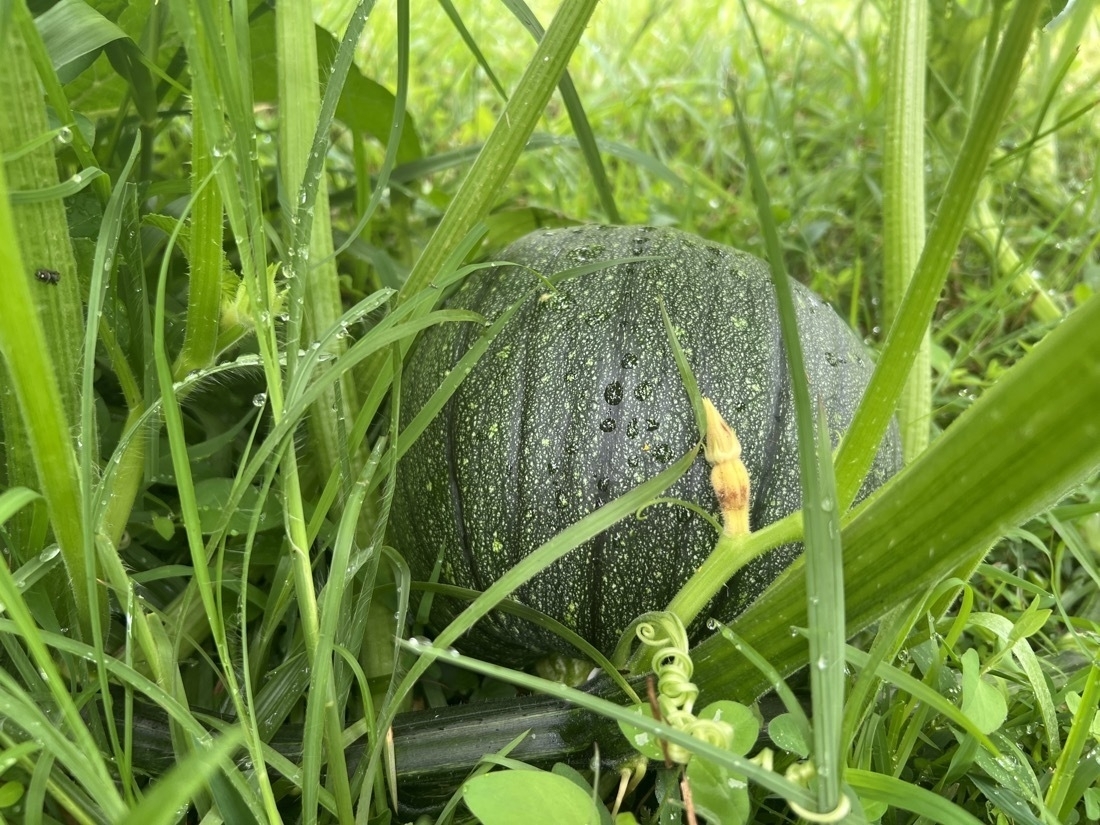
I ride lots of quiet county roads and while I love the landscape of rural Missouri, I no longer view the small churches that dot the roads as quaint. They are, increasingly, the grassroots of Christian fascism.
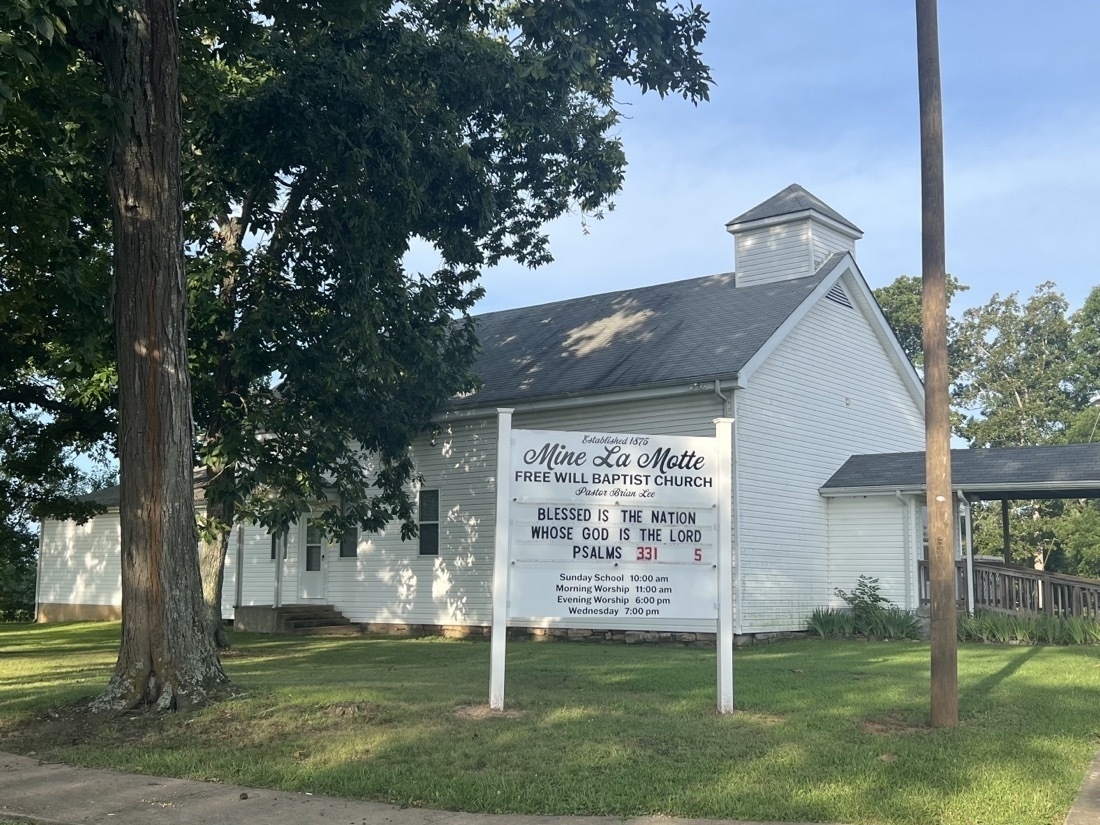
Enjoying morning rides again. Casual pace, 40 minutes, 4 miles. Had a chat with a goose, watched the sunrise. Nice to start the day off with exercise and pretty views.
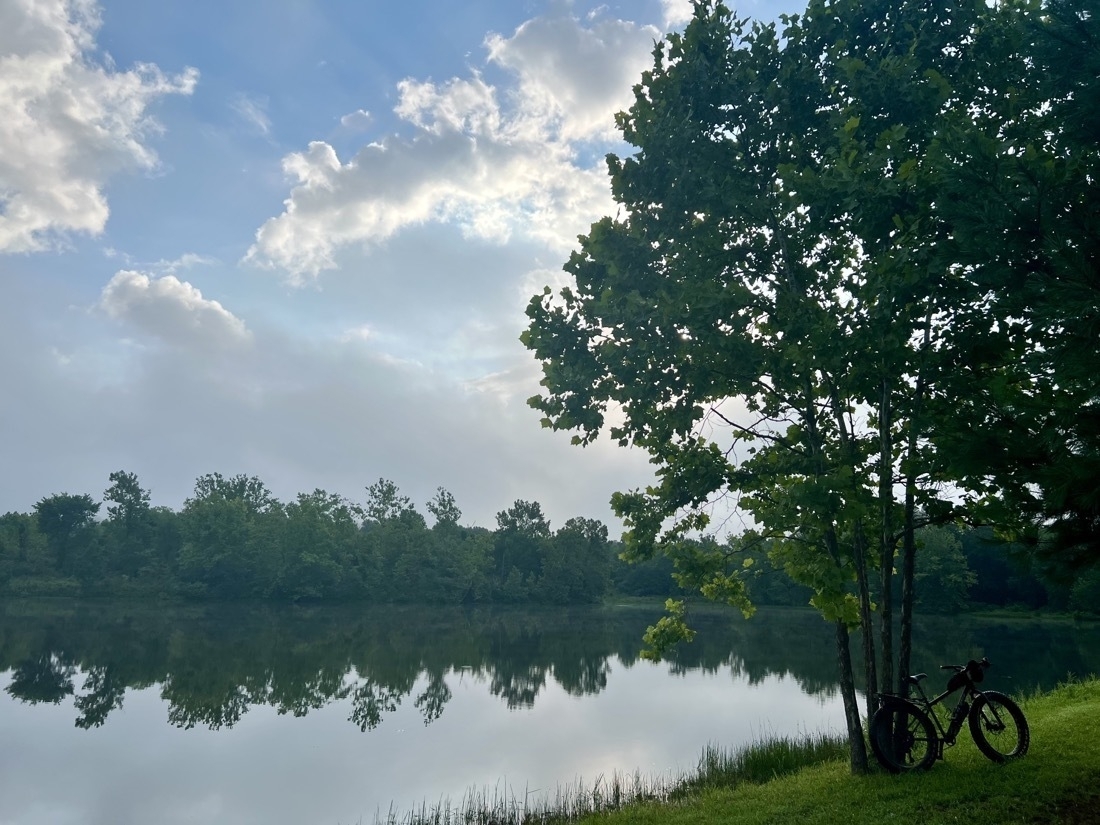
Stage Manager and an external screen are proving to be really helpful. Of course iPadOS 16 is still a beta and so a bit buggy. Even so, I’m finding it still very usable and a nice improvement.
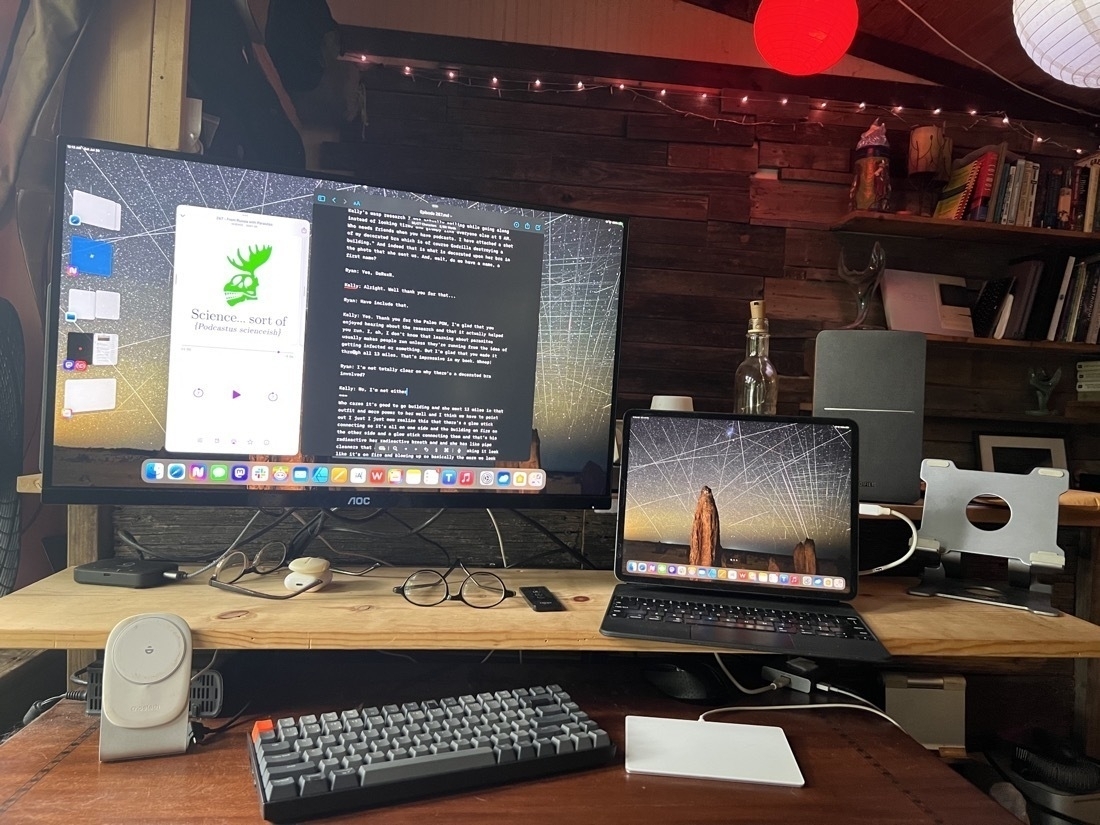
An excellent and frightening episode of The Climavores Podcast: Today’s food crisis is a postcard from our warming future
I’m looking forward to exploring their other podcasts: Podcasts for a changing planet
Morning Ride After taking a few months off from cycling to focus on various landscaping projects I decided it was time to ride again. Just two 4 mile rides a day meets my exercise goal and it’s a pretty ride.
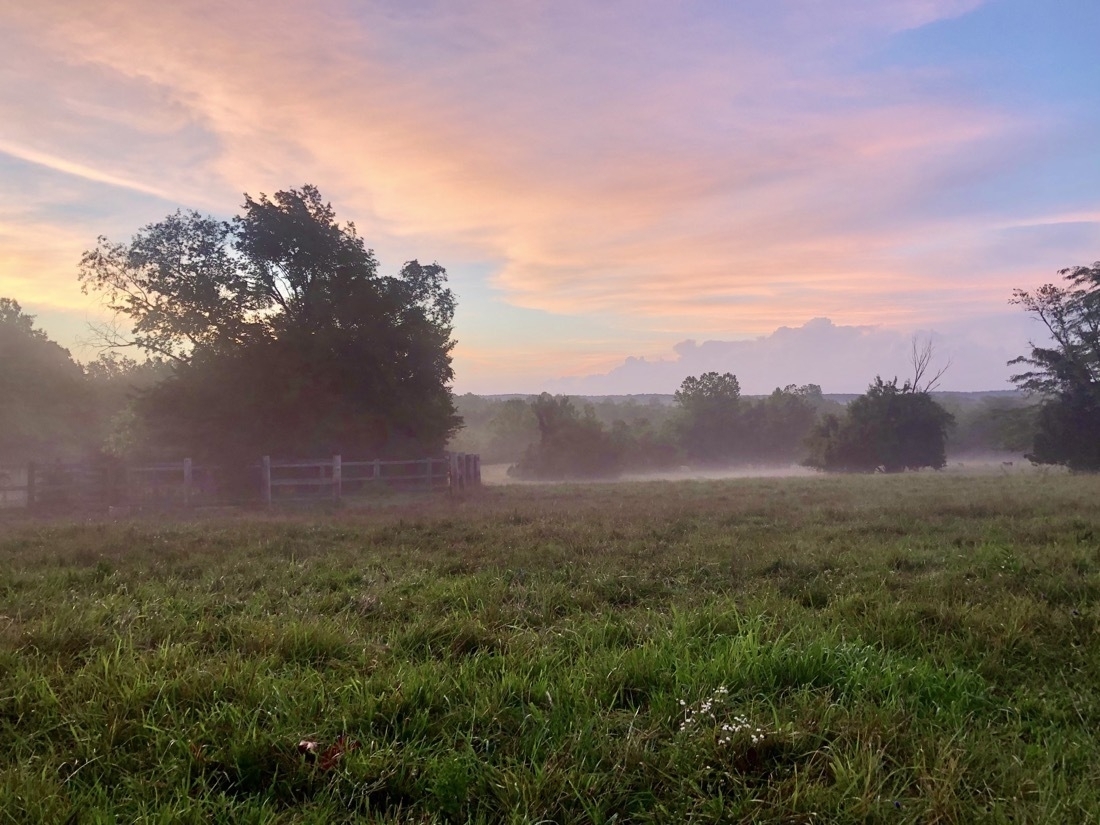
Solar punk tiny house! Flowers in foreground: Vernonia baldwinii, the western ironweed is the purple flower. Rudbeckia subtomentosa, sweet Coneflower is the yellow.
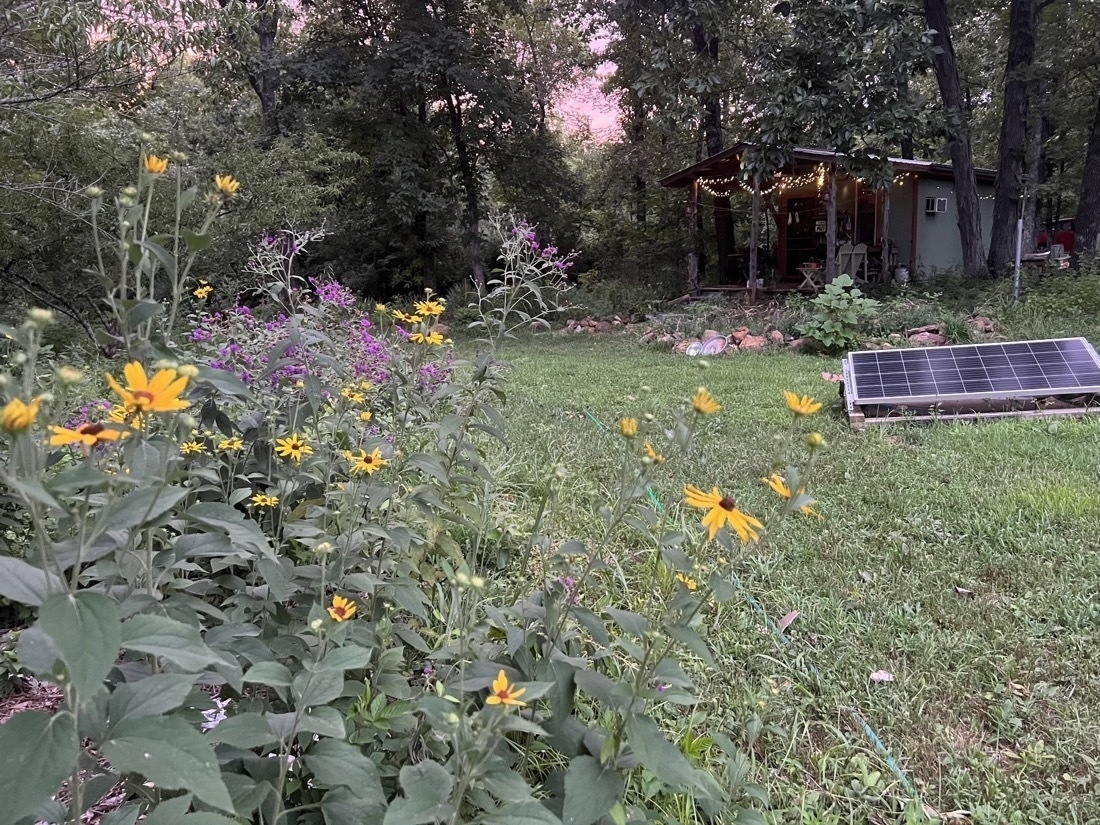
Seed ticks are already out! Normally it would only be an issue when I’m out on the trail in the woods later in summer or fall. But now, two days in a row, on the gravel road in August!
VERY tiny baby ticks and when you get them it’s usually 50+. Yikes.
I’ve loved The Orville since the first season and Season 3 has only gotten better. Fantastic.
We might be living in some very unsettling, disturbing times but the streaming sci-fi from the various Star Trek series, The Orville, The Expanse and so many others, good stuff.
Hothouse Earth
Yeah, yeah. I know, another post about climate emergency. But this came across my RSS today and I have no choice but to post.
‘Soon it will be unrecognisable’: total climate meltdown cannot be stopped, says expert
The crucial point, he argues, is that there is now no chance of us avoiding a perilous, all-pervasive climate breakdown. We have passed the point of no return and can expect a future in which lethal heatwaves and temperatures in excess of 50C (120F) are common in the tropics; where summers at temperate latitudes will invariably be baking hot, and where our oceans are destined to become warm and acidic. “A child born in 2020 will face a far more hostile world that its grandparents did,” McGuire insists.
“I know a lot of people working in climate science who say one thing in public but a very different thing in private. In confidence, they are all much more scared about the future we face, but they won’t admit that in public. I call this climate appeasement and I believe it only makes things worse. The world needs to know how bad things are going to get before we can hope to start to tackle the crisis.”
It’s too rare that we see the hard, dark truth. As I understand it climate communicators have tried to leave a space for people to feel hopeful so that they would take action. In some ways, it makes sense. To do otherwise raises the possibility that in feeling hopeless people would just give up. Unfortunately the result seems to be that in leaving a space for hope we’ve also left a space to procrastinate. For too long we have come to think that the problem is further down the road, a problem for the future.
Turns out, no, it’s a problem for right now. There is no more kicking this can down the road. The truth is, this was a problem we should have begun dealing with 20 years ago. And now it’s likely too late to do much at all. Of course we should act immediately and decisively with radical, deep cuts. That’s what’s required because we waited too long. But, for the most part, we’re not going to act and the actions we do take will be too little. So, we’ve elected to let the planet and our future burn.
A tragedy that’s been many decades in the making and one that could have been avoided. But we chose not to deal with it and are still choosing not to deal with it.
It’s a given that if I try to get anything done Rosie will come over and attempt to plop down on my keyboard. Happy Caturday!
